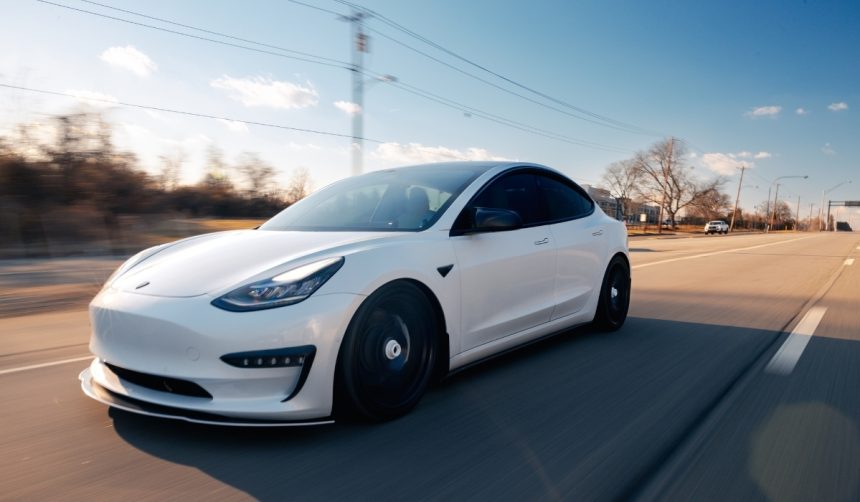Tesla’s recently launched Robotaxi service has prompted financial analysts to reassess the company’s growth potential. The unveiling in Austin has renewed discussions about the scalability of Tesla’s technology and its market competitiveness. Tesla’s consistent push toward autonomous vehicles continues to both impress investors and raise questions regarding regulatory and public acceptance. Factors such as cost efficiency, regulatory shifts in Texas, and momentum around automation have come to the forefront in investor analyses. The shift is also drawing attention to Tesla’s larger ambitions—beyond vehicle manufacturing and toward robotics—with products like the Optimus humanoid robot. Recent debates revolve around whether Tesla’s focus on vision-based autonomy gives it a distinctive edge over rivals relying on costly multi-sensor approaches.
Benchmark’s updated perspective on Tesla follows a period where previous reports speculated on delays and regulatory hurdles hampering full-scale autonomous service rollouts. Earlier forecasts often reflected skepticisms regarding the company’s vision-only system, flagging the uncertainty of robust government support. While the market has occasionally reacted to such uncertainties with caution, the stock’s resilience in the wake of regulatory developments and positive sentiment about U.S.-based automation has now led to a revised upward trajectory in price targets.
How Does Tesla’s Vision-Only Autonomy Compare?
Benchmark’s analyst Mickey Legg reaffirmed confidence in Tesla’s reliance on camera-based autonomous driving rather than more expensive sensor systems adopted by rivals like Waymo. Legg described Tesla’s approach as not only “cost effective but also scalable,” marking a contrast with the higher operational and hardware expenses faced by competitors. Tesla’s Model Y Robotaxi, employing only cameras, stands out as a more affordable alternative in the autonomous vehicle sector, while other self-driving platforms such as Waymo continue to utilize hardware-intensive sensor arrays that push up costs substantially.
Will Texas Regulations Boost Autonomous Services Sector?
Upcoming Texas regulations, which are set to be implemented in September, are drawing attention from investors and analysts. The anticipated regulatory framework may set a precedent for other regions by clarifying operational standards and potentially facilitating wider public and institutional trust in autonomous driving services. Such a regulatory environment could streamline expansion efforts, initial acceptance, and potentially foster further city-level deployments for services like Tesla’s Robotaxi.
What Role Does Tesla’s Robotics Vision Play in Investor Outlook?
Beyond vehicle autonomy, Tesla’s push into robotics, particularly with the Optimus humanoid robot, has become a focal point for future growth narratives. According to Legg, these developments support the view that Tesla is shifting from an electric vehicle manufacturer to a broader automation and robotics enterprise. As the stock recovers from prior lows and tariffs concerns ease, Tesla’s strategic commitment to innovation retains the attention of financial markets and continues to inform price target evaluations.
“The limited launch demonstrates a controlled and safety-first approach that could help Tesla gain regulatory and public trust.”
Market optimism has been bolstered by such sentiments, with positive investor responses reflected in Tesla’s share price recovery since earlier setbacks. Benchmark now projects Tesla shares at $475, restoring its stance as a top pick for the coming fiscal year on expectations that initial service rollouts and regulatory adaptation will provide momentum.
Considerations for potential investors and industry observers include careful attention to the prospective rate of regulatory acceptance, continued cost efficiency in product deployments, and the long-term trajectory of automation programs. While Tesla’s reliance on camera-based autonomy distinguishes its market approach and has garnered new endorsements, regulatory outcomes and evolving public perception will play central roles in determining the ultimate scalability of services like Robotaxi. The company’s expanding portfolio, which now extends toward robotics, may also shift future investor focus beyond automobiles to wider applications in high-tech manufacturing and service automation.
- Tesla’s Robotaxi rollout prompts revised $475 price target from Benchmark.
- Vision-only autonomy approach is viewed by analysts as cost efficient and scalable.
- Upcoming Texas regulations may shape the future of autonomous vehicle expansion.










